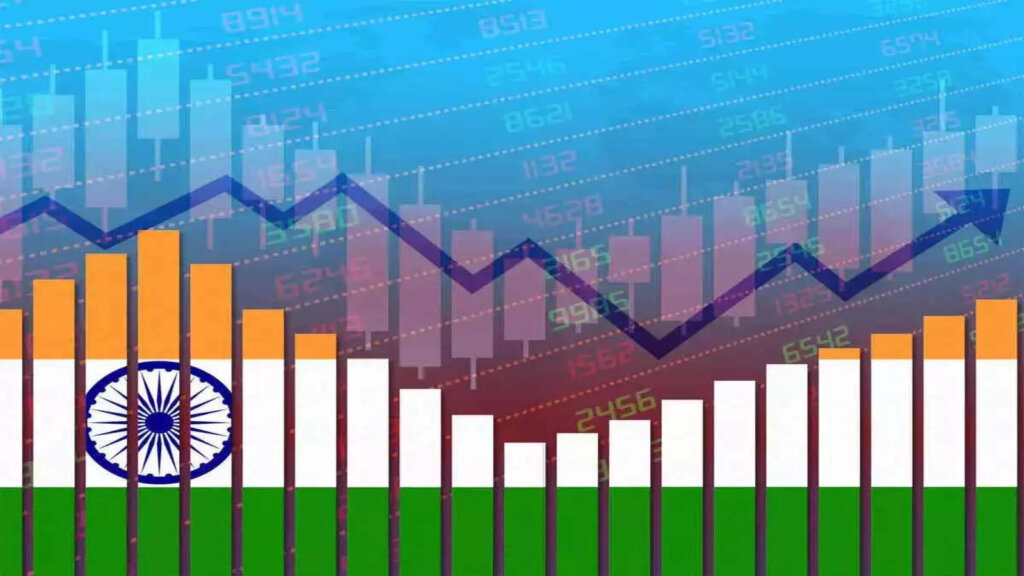The Aryavarth Express
Agency (New Delhi): Union Minister Hardeep Singh Puri praised the Indian government’s efforts to bolster the economy over the past decade under Prime Minister Narendra Modi’s leadership. Speaking in Chandigarh, Puri noted that according to IMF public data, India’s GDP has reached USD 3.95 trillion, placing it in the fifth position globally. Japan currently holds the fourth position with a GDP of USD 4.1 trillion. With India’s growth rate at 7-8 percent and Japan’s rate remaining flat, Puri predicted that India could surpass Japan within months or a year to claim the fourth spot.
Puri criticized the previous Congress-led UPA government for its lack of investment in urban development between 2004 and 2014. He highlighted that the expenditure on urban spaces during the UPA tenure was less than one lakh seventy thousand crores, whereas under the Modi government, this figure has increased by 11-12 times to reach 18-19 lakh crores over the past decade.
The minister also emphasized the significant rise in capital expenditure, which has been growing at a rate of 30 percent. The union government’s interim budget announced over Rs 11 lakh crore in capital expenditures, reflecting an increase of 11.1 percent.
Highlighting the expansion of metro projects across the country, Puri mentioned that the total metro length is now 945 km and is expected to reach 1,000 km soon. This expansion would position India as having the second-largest metro train system globally.
Puri also discussed the Pradhan Mantri Awas Yojana, stating that 4 crore people have been allocated houses under the scheme during the Modi government’s tenure. He added that the government aims to add another 3 crore beneficiaries.
Addressing fuel prices, Puri justified the current rates in India by comparing them to those in other South Asian countries, such as Pakistan and Sri Lanka, which have seen price increases of 70-80 percent. He noted that Canada, Australia, the US, and Europe have also experienced fuel price hikes of 30-40 percent. Puri attributed the relatively stable fuel prices in India to the central government’s reduction of central excise duty.
